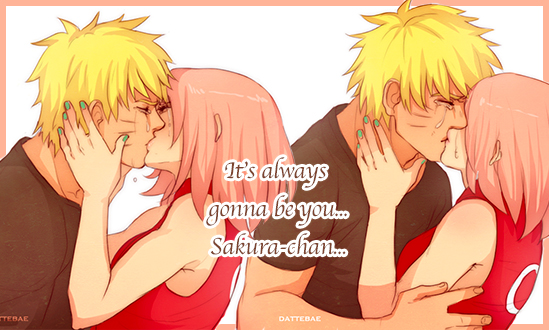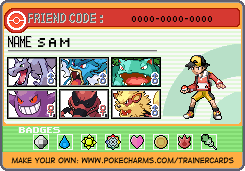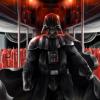Actually Allied Forces was used during WWI as well- when Japan was on the Allied side. (It was used late in the war- when the US joined the war in 1917.) The allies of WWI were: UK (then including Canada, Australia, Ireland, New Zealand, Egypt and India), France, and Russia (until after the Russian Revolution in 1917 when they became essentially a neutral country), Belgium, Serbia, Japan (then including Korea), Greece, Romania, USA, Portugal, Brazil, China, Cuba, Haiti, Panama, Thailand (then still called Siam), Liberia, Honduras, Guatemala, Costa Rica
The other side (called Central Powers) was made up of: Germany, Austro-Hungary (Austria and Hungary), Bulgaria, Ottoman Empire (by then a crumbling power), Poland, Azerbaijan, Finland, Ukraine, Lithuania
Italy kind of played for both sides but declared itself on the allied side. Neutral countries included: Norway, Sweden and Denmark, Switzerland, Spain, Netherlands, Luxembourg, Liechtenstein, Mexico, Argentina, Afghanistan, Persia, Bhutan
As far as WWII history goes, most Japanese have a negative opinion about what the leadership of Japan did during that time. The late Emperor Hirohito isn't included in that because the Japanese Emperor was (as now) a mere figurehead. He signed off on some rather questionable documents created by the political leadership, but that's the extent of his involvement (the more sympathetic take is that he was a hostage to them, the more realistic is that he just didn't emotionally involve himself at all- just rubber stamped whatever they brought him as what he considered his duty. Hirohito never really did step out of whatever role he was told to do, unlike his son the current Emperor Akahito- who has chosen to be a symbolic leader, in an understated way, more like the British royalty- visiting people in disaster struck areas, etc...



 This topic is locked
This topic is locked
































